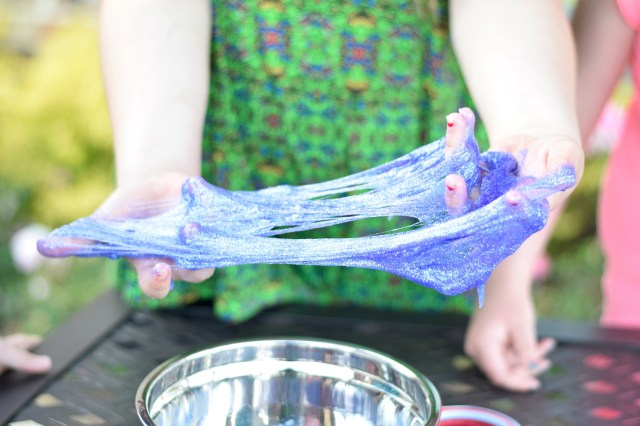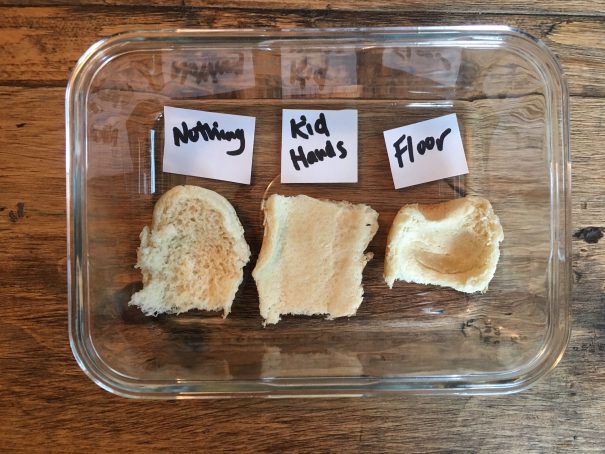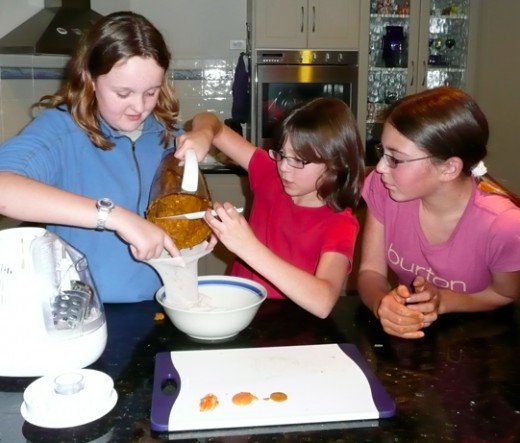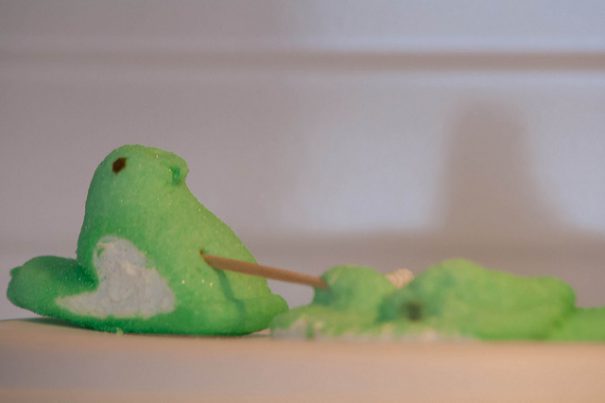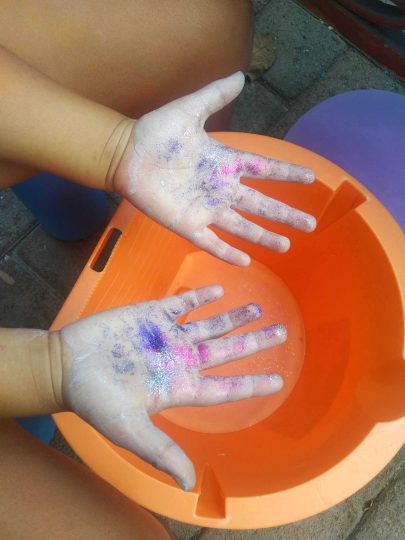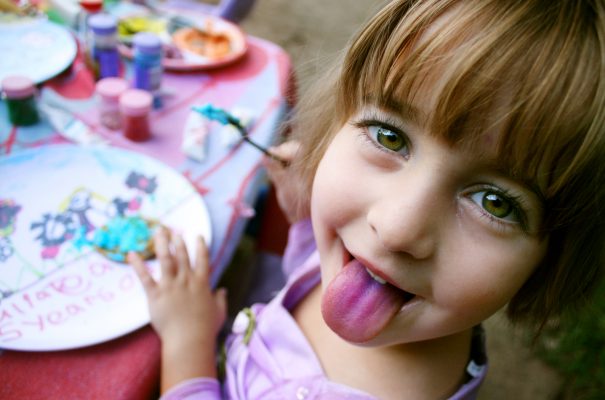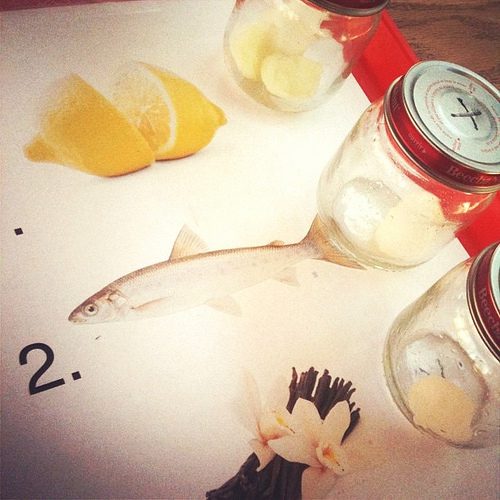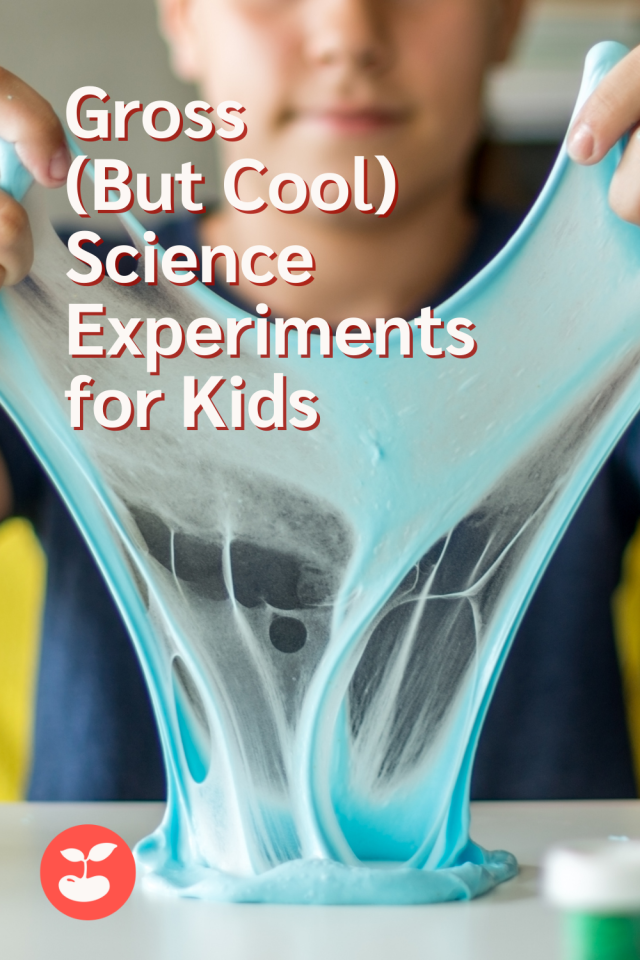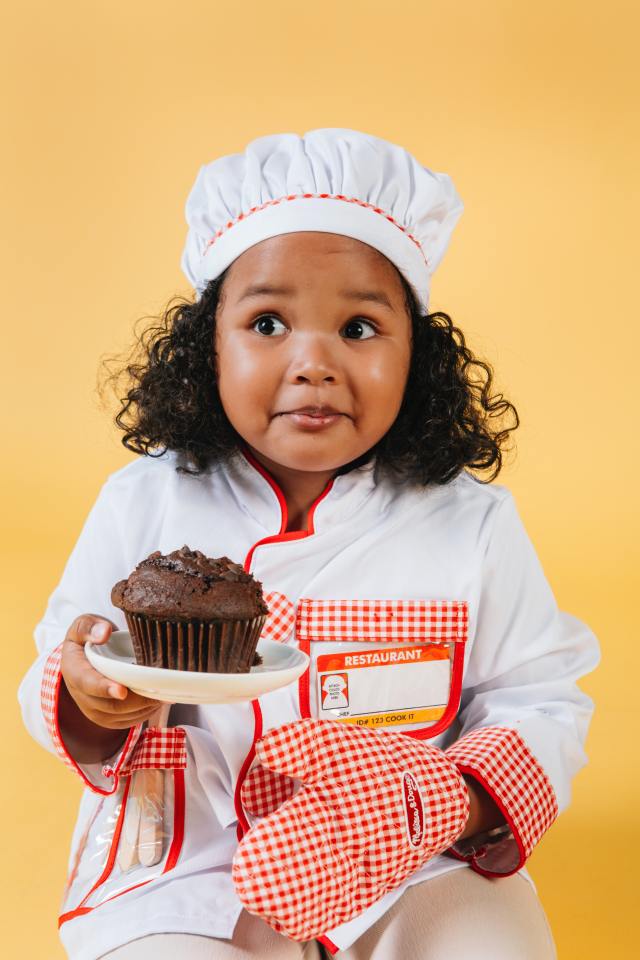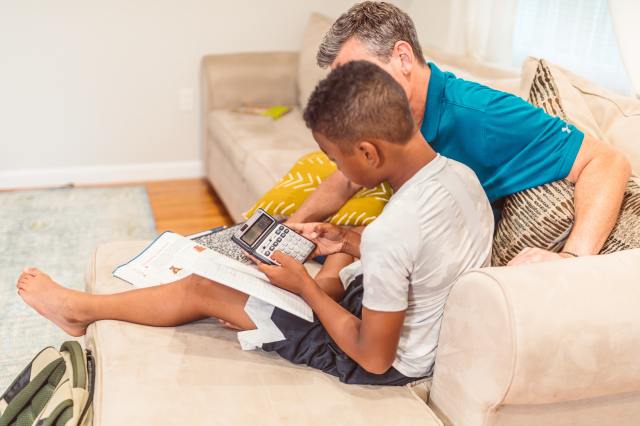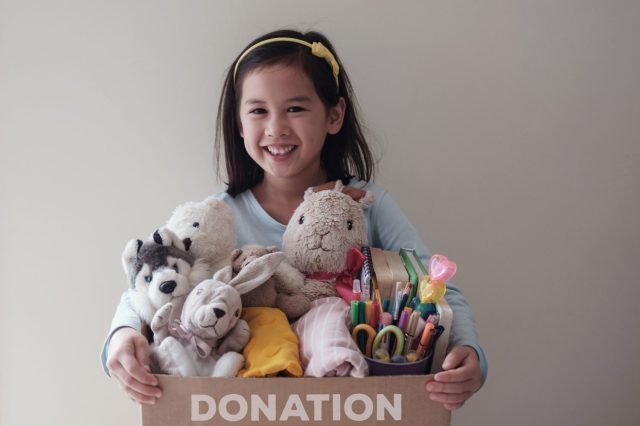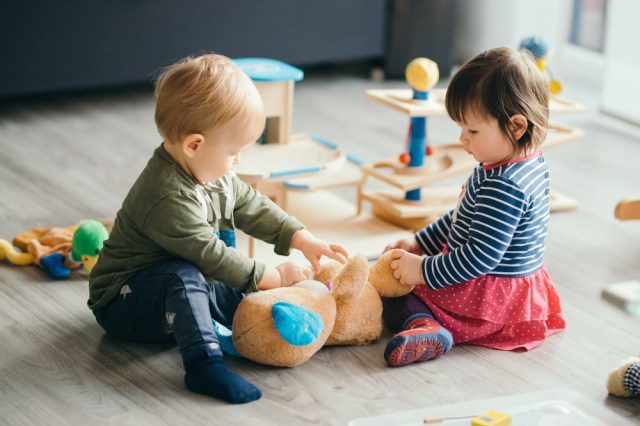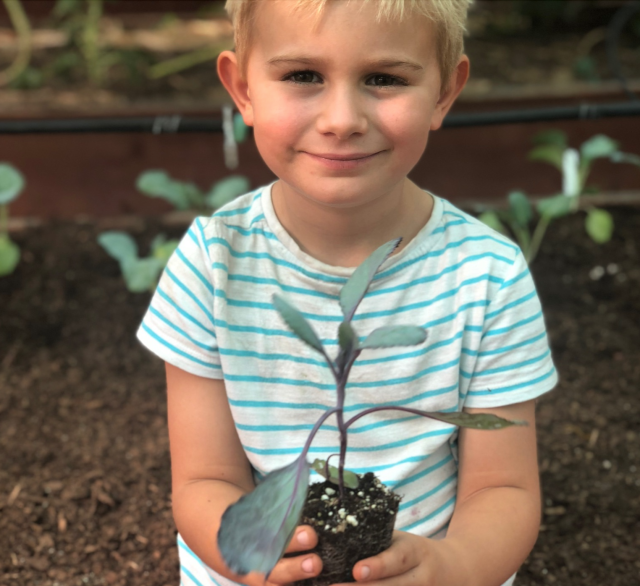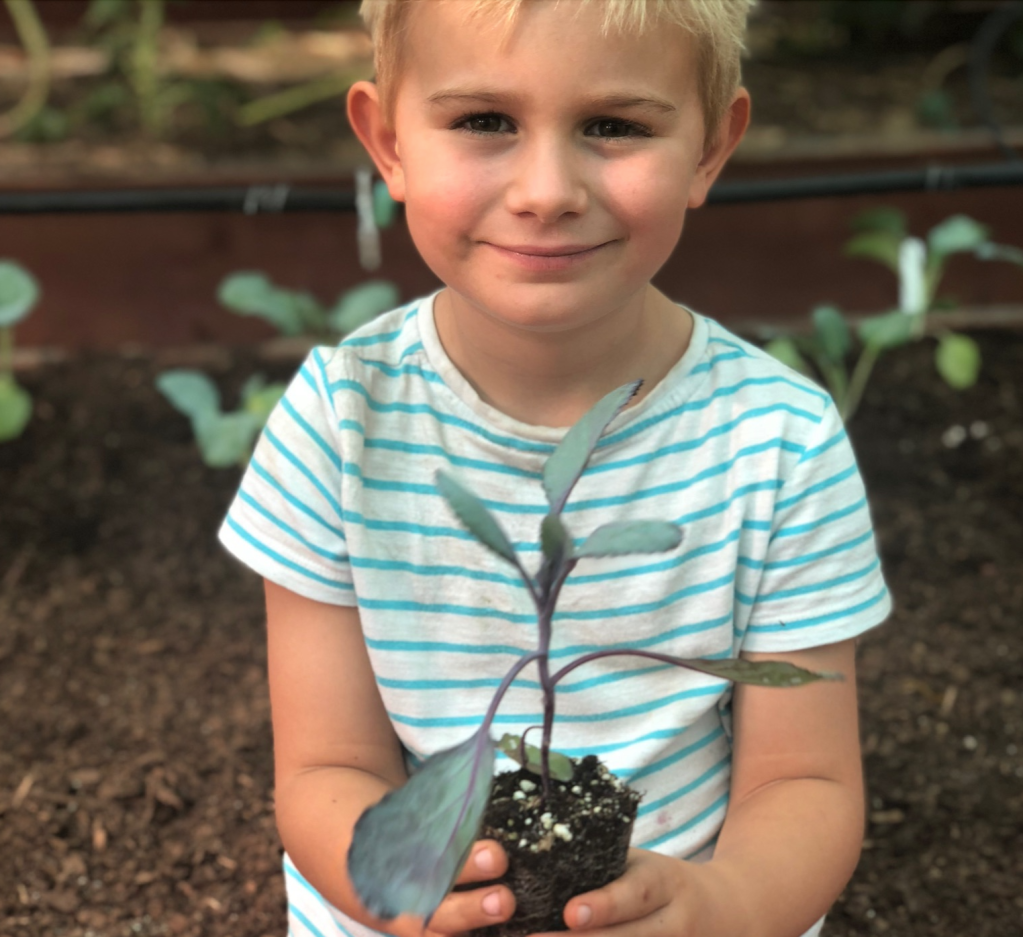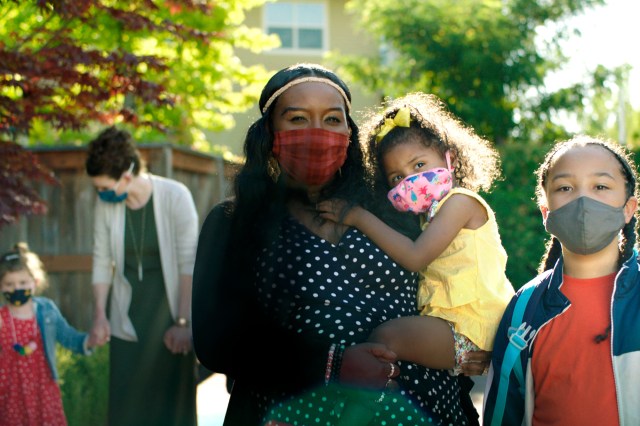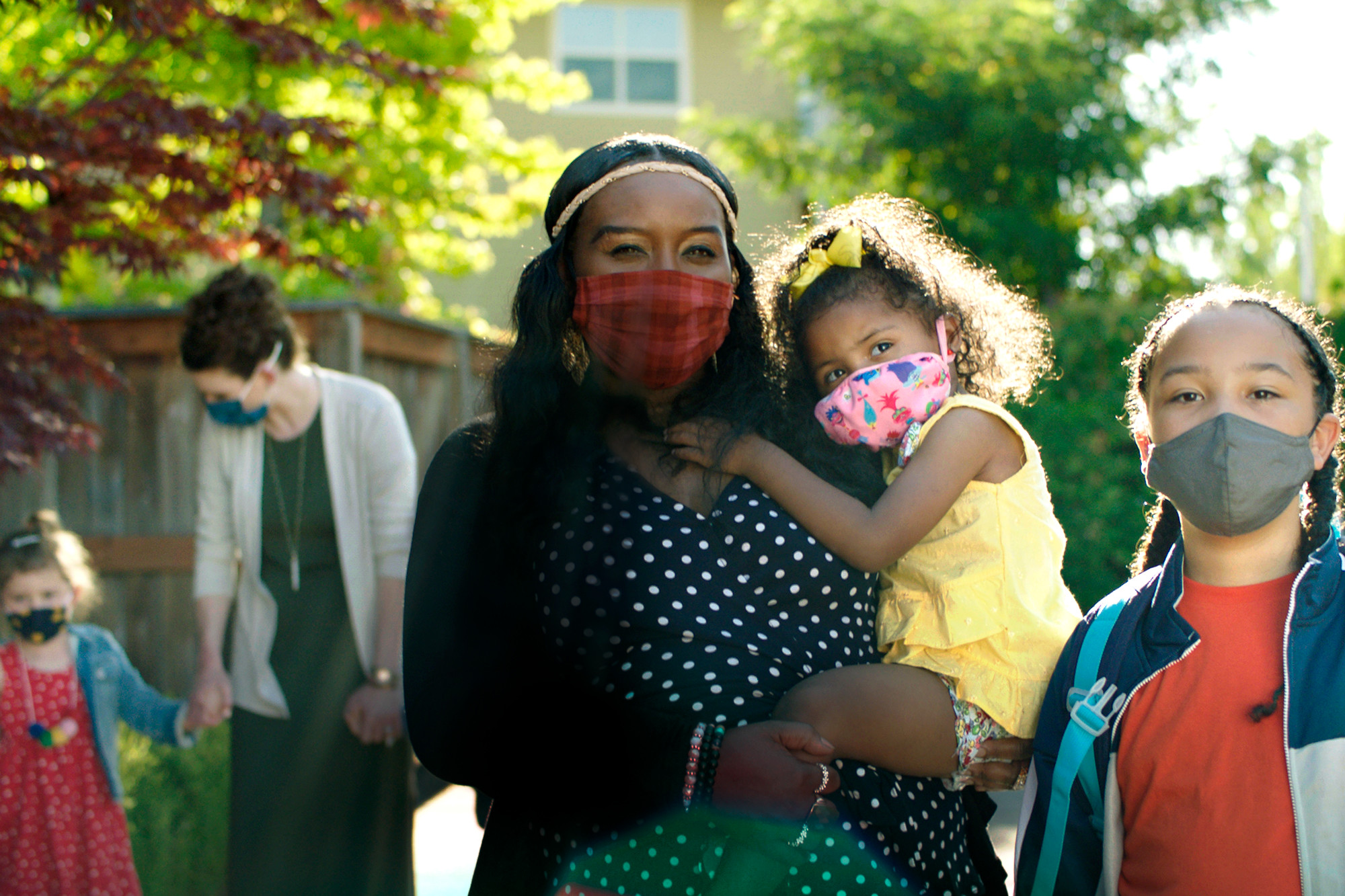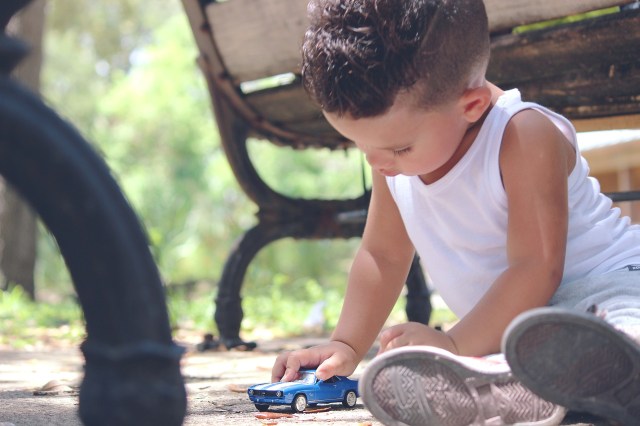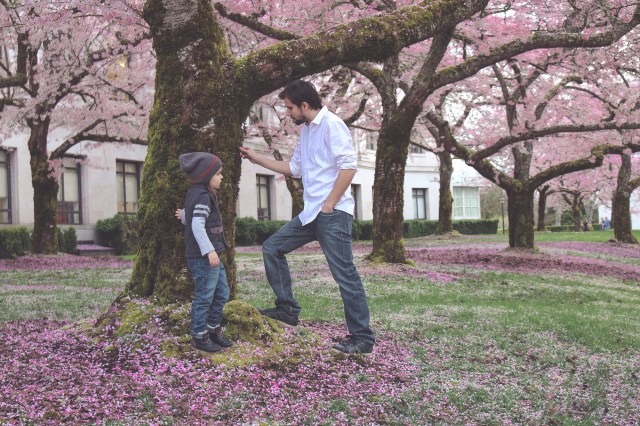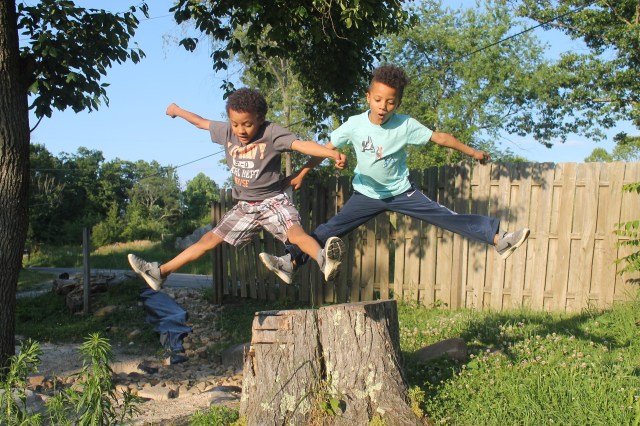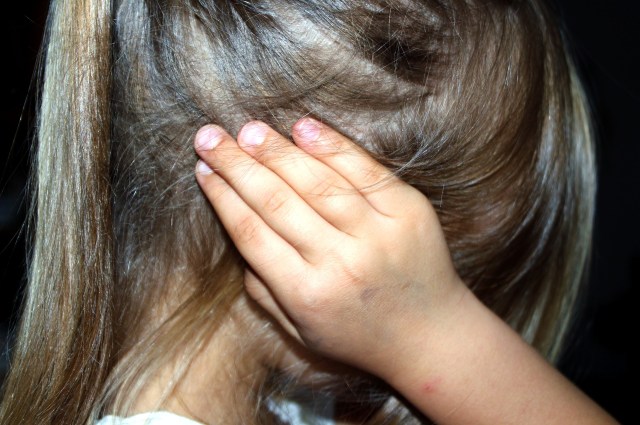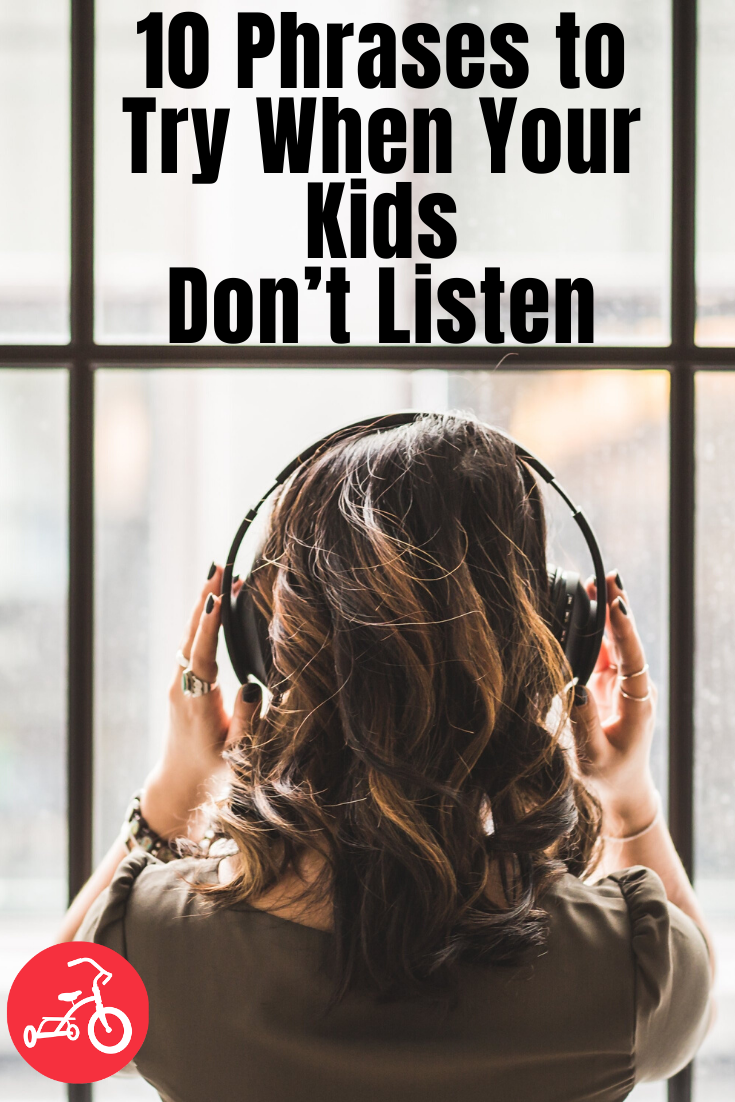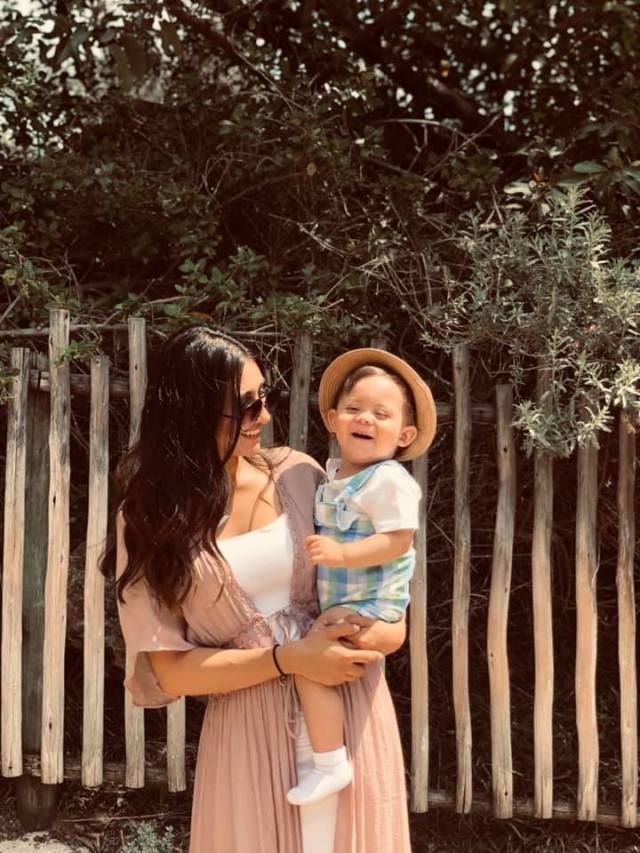The story of a brother who ranted about his sister breastfeeding at his wedding reception has gone viral because (gestures wildly in the air). The situation unfolded after it was published to Reddit’s popular r/AmITheA**hole section, and people understandably had a lot to say about the matter.
A man under the username u/swimming-exchange448 asked readers whether he’s an absolute jerk for telling his sister, a new mom, that it was “bad etiquette and tacky” for her to breastfeed in public at his wedding. The resounding answer is yes, yes he is.
He explained that he asked her to “just make this sacrifice and compromise for one day instead of doing this in front of 250 guests on my wedding.” “This” apparently refers to naturally feeding her baby. “She then said she can’t do much about it now, because the baby has to have her milk,” he continued. “I told her she should be more thoughtful of that then instead of completely embarrassing herself and us by doing this.”
He continued to dig a hole for himself, noting: “I… asked her why she didn’t bring formula or at least pump milk out and put it in the bottle so she wouldn’t have to do all this at that moment. She said ‘because I don’t have to. I feel comfortable breastfeeding. Getting milk out on my own is more painful.'”
People jumped in, eager to comment on the audacity of his request:
“….I would figure that having your parents and wife tell you would have been enough, but some people need more evidence. Since you personally do not have breasts, you have no clue how painful or difficult pumping might be, so you’re a jerk for suggesting it,” u/big_bob_c explained.
“YTA. Your sister deserves a hug and a thank you for making the effort to attend a wedding with a 2-month-old,” another said.
“I can’t be the only one who is dying at his ‘But she breastfeeds everywhere and ALL THE TIME!!” comments. In other words, 34-year-old man exposes himself as not only ignorant of how breastfeeding and breast milk supply work, but also unaware that newborns do indeed require regular feeding,” another chimed in.
“I don’t understand how he’s old enough to go through a mid-life crisis but has yet to figure out the main function of breasts,” a commenter posted. “It’s almost like they don’t just exist for viewing pleasure (insert shocked gasp here).”
Here’s hoping the groom learned a swift lesson through this experience.






